Kerrie Shepherd is a Kamilaroi woman and Principal of Connecting with Country at Aboriginal-owned urban design company Yerrabingin, drawing on extensive lived experience with First Nations communities.

March 31st, 2025
One of the biggest shifts in the built environment in the last decade has been the embrace of the Aboriginal concept of Country. Australia’s First Nations’ peoples have an enduring responsibility for caring for land, water and sky, spanning millennia, with contemporary Australia beginning to embrace this valuable ‘living database’ of knowledge and practice. Designers and developers now understand that connecting with Country enriches our places and spaces and supports a more sustainable future.
Today, ‘indigenising design’ is integral to architectural education and competency, whilst the NSW Government’s ‘Connecting with Country Framework’ (introduced in 2023) provides a roadmap for culturally and environmentally sensitive design guided by Aboriginal people.
It is heartening to see how quickly architects and developers are adopting the principles of connecting with Country. However, for some it is their first interaction with Indigenous communities. This can make it hard to know where to start.
As an example, we recently worked with a developer team that was apprehensive at the start of the project. They just didn’t know how to engage with First Nations peoples. So as part of our workshop planning process, we had one of our community engagement officers talk to them about some protocols. After that, they felt more confident and were more effective in their interactions. This led to better outcomes for the community and the project.
Whilst it’s not always easy, having some knowledge of the local First Nations culture can help proceed in a positive and successful manner. People don’t know what they don’t know, and building trust is key.
Here is some simple advice to architects and developers looking to connect with Country for the first time.

Simple steps to make a start
The first step is to take the time to research the area where your project is located. Contact the local Aboriginal Land Council or First Nations organisations/community. If you are still concerned, Indigenous consultants like Yerrabingin can assist in arranging the visit and attend with you to support the process.
When meeting with the community for the first time:
Be conscious that engagement with First Nations communities is not just one way. It presents a unique opportunity for architects and developers to immerse themselves in one of the oldest cultures on Earth whilst also sharing knowledge about how good design and development can result in a culturally and community significant build.
Before reaching out, it can be beneficial for project teams undertake cultural awareness training, noting that training programs differ. Check that the program is not just about history but will help you in your day-to-day community interactions.
In New South Wales, another challenge is understanding the nuances of the NSW Government’s ‘Connecting with Country Framework’. Experienced Indigenous consultants are uniquely placed to provide advice and guidance on complying with the obligations contained in the Framework.
Next up: Stories Indesign with Venice Architecture Biennale team
INDESIGN is on instagram
Follow @indesignlive
A searchable and comprehensive guide for specifying leading products and their suppliers
Keep up to date with the latest and greatest from our industry BFF's!
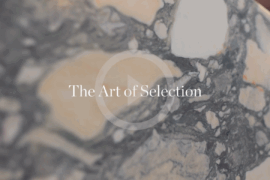
CDK Stone’s Natasha Stengos takes us through its Alexandria Selection Centre, where stone choice becomes a sensory experience – from curated spaces, crafted details and a colour-organised selection floor.
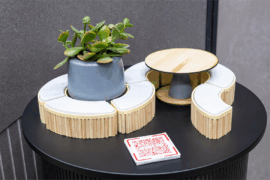
From the spark of an idea on the page to the launch of new pieces in a showroom is a journey every aspiring industrial and furnishing designer imagines making.
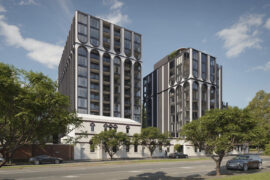
At Melbourne Design Week, Plus Studio brought together planners, designers and local government voices to unpack the realities of urban densification.
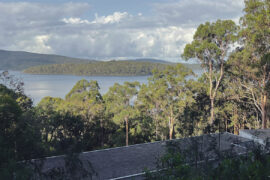
With projects shortlisted for Habitus House of the Year 2025, Anthony Gill and Jason Gibney join the podcast to discuss the state of housing in Australia today.
The internet never sleeps! Here's the stuff you might have missed
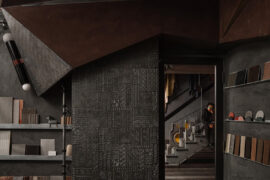
Bangalore studio Multitude of Sins elevates true leftovers — not surplus — into a richly layered workspace where waste materials become narrative, structure and sculptural expression.
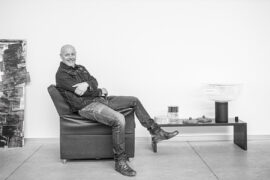
We caught up with Abramo Manfrotto, CEO of Venetian decorative lighting brand LEUCOS, during a visit to Australia with dedece.